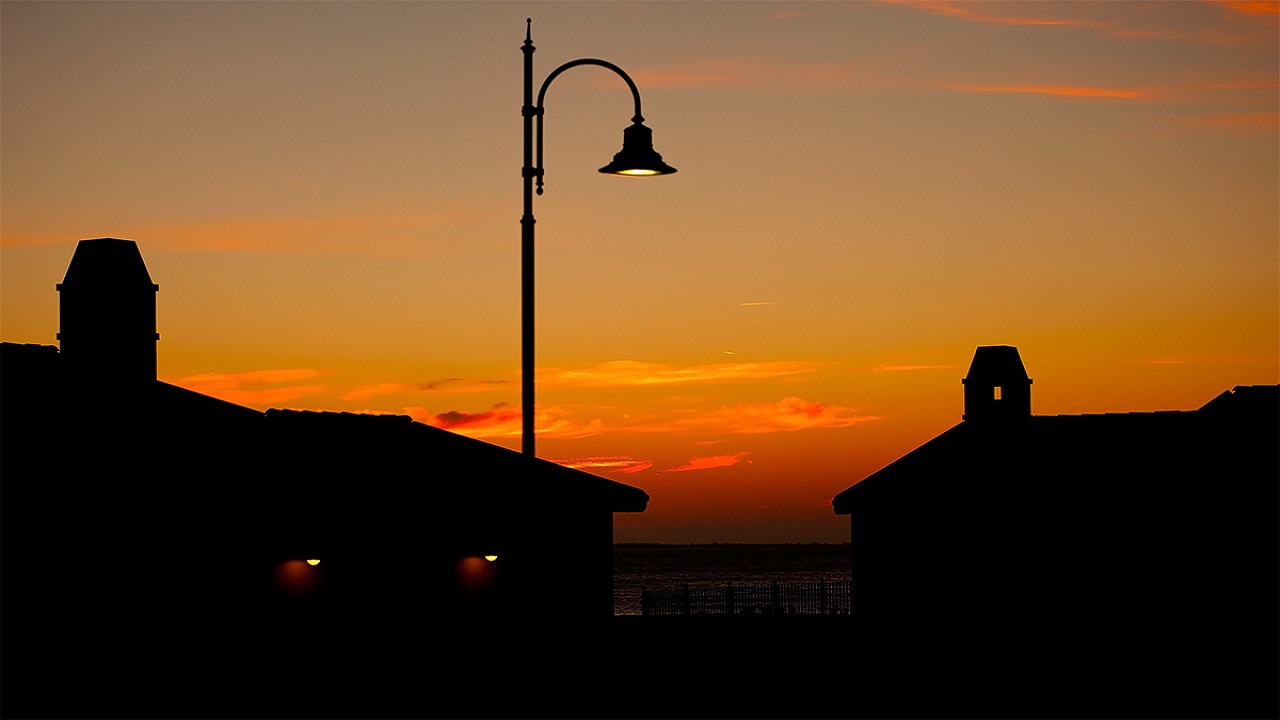The pole mounted light are a favorite among them all, providing versatility, durability, and energy efficiency. Nevertheless, the choice of the mounting type matters greatly, if the device should be able to work efficiently and correctly. In this complete article, we will look at the different ways LED lighting can be mounted on a pole and some tips to help users choose the right method.
Understanding Mounting Types
The most common mounting configurations include:
- Direct Mount: In this configuration, the lamp fixture will be directly mounted on the pole top, giving a streamlined and neat installation.
- Slip Fitter Mount: Slip-fitting mounting systems are equipped with adjustable brackets. These brackets can be fastened to the pole and, thus, the security of the mounting system is flexible, and positioning and angle adjustments are possible.
- Arm Mount: Horizontal arms are attached to the pole to widen its span and thus allow direct light to the desired spots.
- Trunnion Mount: Trunnion mounts provide a flexible option for pole-mounted LEDs. They can be adjusted vertically as well as horizontally to accommodate different mounting angles and settings.
Factors to Consider
When choosing the right mounting type for pole-mounted LED lights, several factors should be taken into consideration:
- Installation Environment: Evaluating the nearby surroundings including the landscape, weather conditions, and aesthetic preferences will determine the best mounting method.
- Lighting Requirements: Determining the area to be illuminated, intensity, and distribution will affect the selection of mounting type that would ensure high performance, visibility, and functionality.
- Accessibility and Maintenance: There is a need to look into the accessibility of the fixture installation, maintenance, and also possible adjustments in the future.
- Regulatory Compliance: Compliance with local regulations and standards in terms of mounting types and configurations for pole-mounted lighting installations as set forth by local jurisdiction may be required.
Advantages of Different Mount Types
Each mounting type offers unique advantages depending on the specific requirements of the installation:
- Direct Mount: Offers a compact and easy installation that will be suited for applications where the space is limited or a simple aesthetic is desired.
- Slip Fitter Mount: Allows for flexibility and adaptability, that is, it can be used for an exact positioning and angle adjustment to provide the best light spread and distribution.
- Arm Mount: Increases light intensity and directionality, allowing for the focusing of light into a specific direction or wider area coverage with an evenly distributed beam.
- Trunnion Mount: Provides the possibility for multiple options and angle adjustments to meet different installation layouts, which makes it appropriate for both indoor and outdoor use.
Conclusion
The right type of mounting is the key to achieving the optimal performance and functionality of LED lights on poles. By taking into account the factors that include mounting environment, lighting requirements, accessibility, and compliance, users will have the most appropriate mounting option to fit their particular cases. The choice between mounting direct, slip fit, arm, or trunnion mount calls for thoughtful assessment and informed selection to guarantee effective light and quality of performance in outdoor lighting projects.


